Brand Objectives
Brand objectives refer to the goals a business has regarding revenue or brand image. Every brand should have goals set in its marketing strategy to track the brand evolution. Otherwise, the business wouldn't know which way it goes. Brand objectives are critical to effective brand management.
General Information
The brand should set aims and objectives to see if the evolution it's positive or negative. Brand objectives help us build a brand strategy. We start by doing market research, set up marketing goals, find ways to implement them, track the results, and use results on future marketing plans and social campaigns.
To define brand objectives, there are a few questions that we should ask:
- What do we want to achieve?
- Do people know about the brand?
- What differentiates us from the competition? - this way we set our unique value proposition
- What is the timeline for our goals?
- What are the means to fulfill our brand aims and objectives?
Types of Brand Objectives
Some of the most common brand objectives are[1] :
- Brand identity and image: An brand identity objective should target how the audience views the company. For example, McDonald's brand image is family, joy, love, and youth. The Ronald McDonald clown is also part of the brand's image.

- Brand recognition: is the ability to recall the brand from its visual symbols and products by using various factors: visuals through logo, color, font and even song. A brand recognition objective should target specific visual identities. For example, when you see the next bottle shape are you able to recognize the brand?
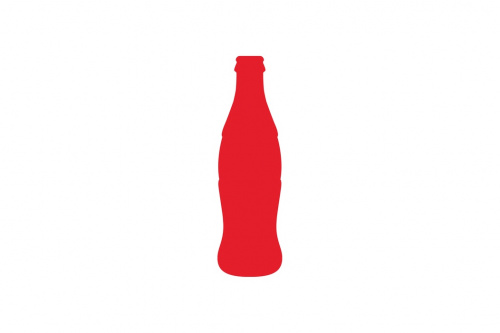
- Brand awareness: goes a step further and its the ability to memorize information, and certain facts about a brand. Brand awareness can build a connection between the company and its customers. To demonstrate brand awareness, we should know the answer to this question: Who's the founder of Tesla?

- Engagement: is a metric that measures how often customers interact with the brand. In digital marketing and social media can be translated into likes, comments, followers, shares, subscribers, visitors, tags and many more.
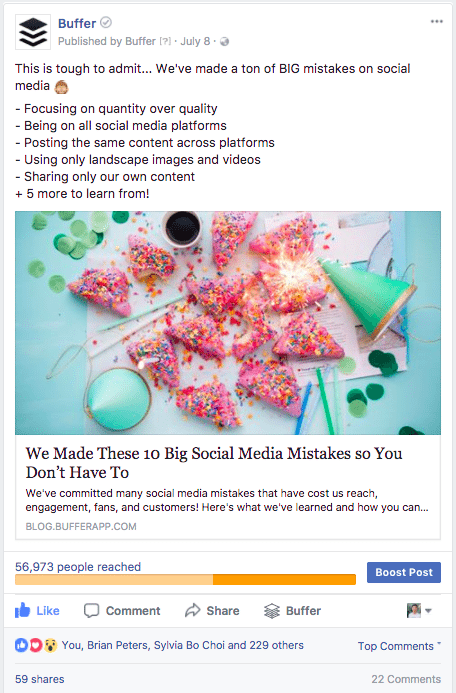
- Brand loyalty: when somebody shows positive feelings and positive sentiment analysis towards a brand, they develop brand loyalty. Of course, the personality of the brand has to be catchy and take advantage of that by building loyalty programs. The brand affinity rises so both the brand and customers are happy. Below is an example of a loyalty program from H&M:

- Brand advocates: if the brand affinity is top the charts, brand advocates take birth - people that promote the brand in social media and not only by showcasing its advantages and strengths. Brand advocates are a powerful tool for the brand. They bring added value. The brand has to develop strategies to turn customers into brand advocates. Below it is an example of Starbucks that sent a PR box to customers:

- Brand equity: the driven value from customer perception towards a specific brand, rather than its products. One example is Apple. Although the brand's products are similar and people still make jokes and memes online, the demand for newly launched iPhones is huge.
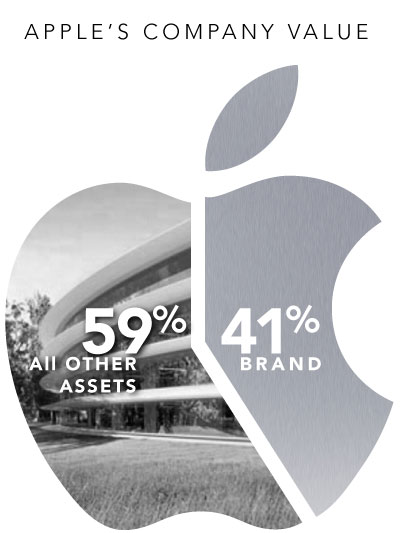
- Market share: the percentage of the target audience that is customers. A market share objective should have a time frame, a realistic targeted percentage of the audience using the available means. Below is an example of the global automotive market share in 2019:
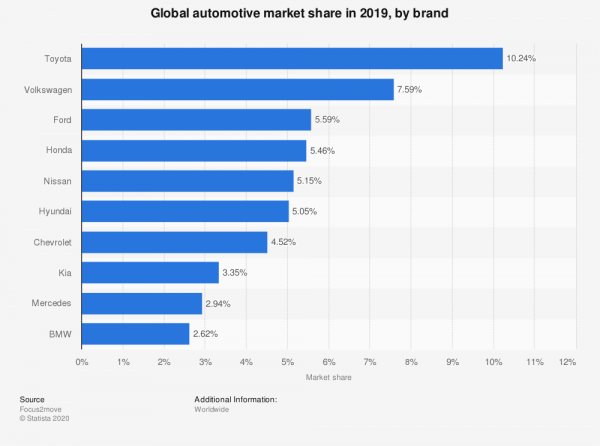
- Margin: represents the percentage of total sales revenue that a company keeps as gross profit after deducting the costs directly related to producing the goods or services sold. For example, a company with a margin of 45 percent retains $0.45 for every dollar of revenue it receives.[2]
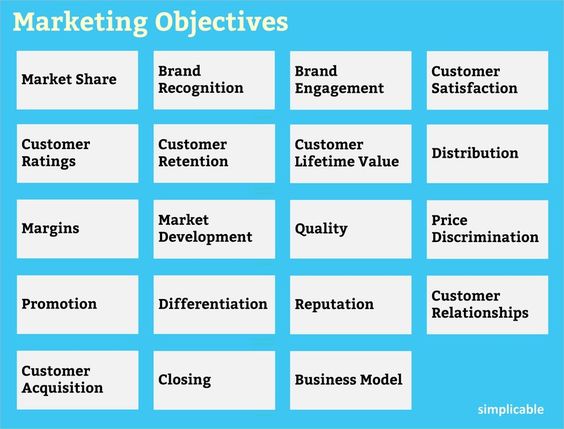
There are other brand objectives that focus more on sales, conversion rates and customer growth such as:
- Converting customers
- Differentiation
- Position
- Creating desire
- Increasing sales
It is important that the brand marketing strategy has smart objectives to get the desired results.
Brand management is a function of marketing that uses techniques to increase the perceived value of a product line or brand over time. [3] Effective brand management requires smart marketing objectives to generate leads, build loyal customers and create a strong brand image by having awareness, recognition and competitive advantage.
References
- ↑ J. SPacey, 9 Types of Brand Objectives, 2017, https://simplicable.com/new/brand-objectives.
- ↑ A. Keefer, Analyzing Revenue and Gross Margin, 2017, https://smallbusiness.chron.com/analyzing-revenue-gross-margin-32403.html.
- ↑ M. Grant, Brand Management , 2019, https://www.investopedia.com/terms/b/brand-management.asp.